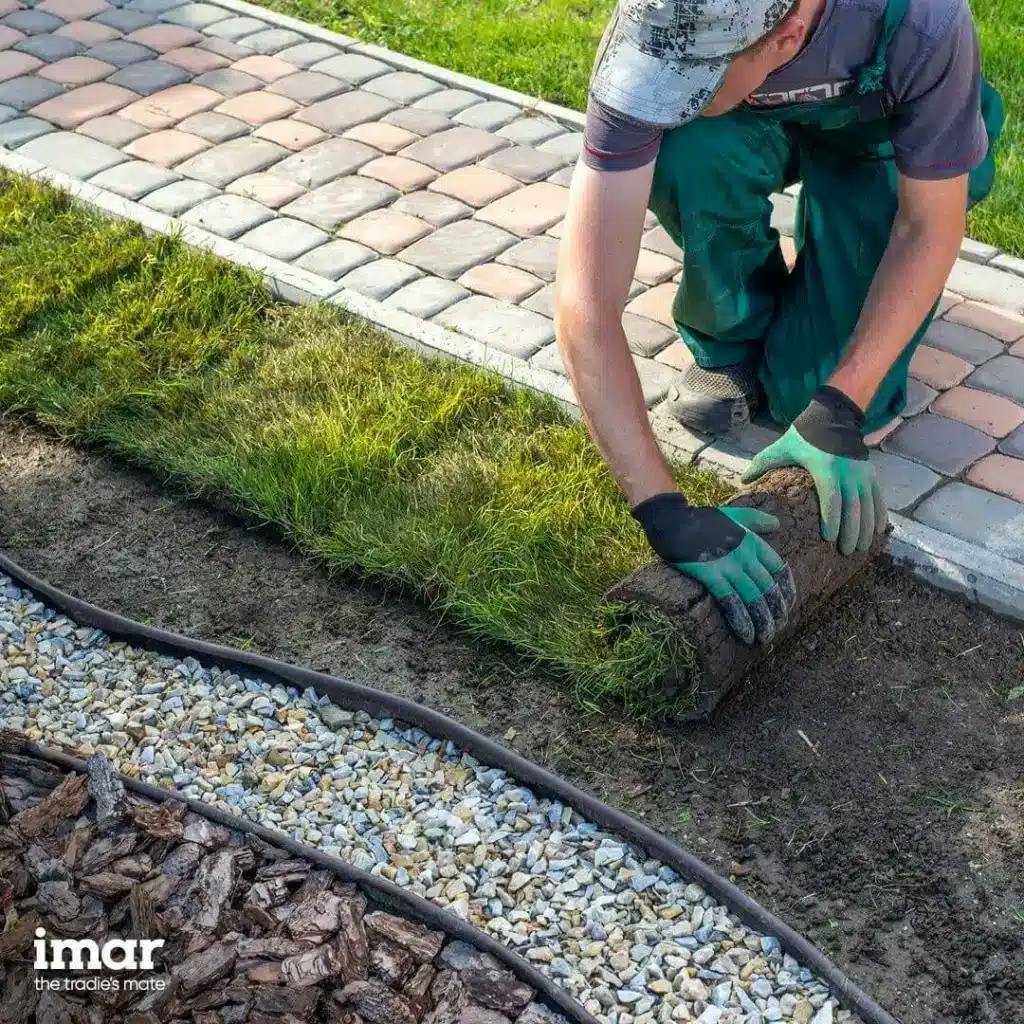Any labour-intensive job will have risks of accidents and injuries, and carpentry is one of them. Here’s the catch: most skilled tradespeople learn to avoid accidents from experience and their colleagues’ or mentors’ coaching. Unless you learned the trade in a formal education setting, it’s unlikely that you’ll get a manual listing all of the risks carpenters face on the job.
This article discusses four common health risks and safety hazards for carpenters. We also offer tips on how to avoid them and prevent accidents on the job.
Electrocution
Handling electrical wiring is not part of the job description, but a carpenter’s tasks can sometimes overlap with those of an electrician’s. At the very least, carpenters need basic knowledge about residential and commercial electrical systems. You should know how to identify live wires, locate the mains, and shut down power in an isolated section or the entire property. But despite knowing about these things and observing safety measures to prevent electrocution, accidents can still happen.
Here are a few scenarios that could result in electrical accidents:
- A cut live wire touching the aluminium ladder you’re standing in.
- Accidentally touching the main power line with aluminium drip edging, steel gutters or some other conductive material that you’re installing on the roof.
- Forgetting to turn off the mains before replacing the covers on electrical outlets.
- Using power tools in damp surroundings, i.e., setting up an electrical saw table in the yard where the grassy ground soaks up a lot of moisture.
How can you avoid accidental electrocution on-site? Safe Work Australia gives the following suggestions:
- Identify the electrical hazards in every new site or property you work in.
- Wear protective gear like gloves and a balaclava when handling high-powered hand tools or high-voltage electrical cables.
- Test and your electrical equipment regularly.
- Inspect your power tools and be alert for worn-out cables, defective plugs and other similar electrical risks.
- Test your power tools as well to detect any hidden electrical deterioration.
- Assess the effectiveness of your current control measures and adjust them if you think they’re not as effective as expected.
- If your resources permit, consider using battery-powered or rechargeable tools instead of versions that must be plugged into the main power source.
Falling
When you’re not building fixed cabinets, laying flooring or tiles, fitting exterior wall cladding or installing door and window frames, you’re most likely up on the roof replacing warped tiles or installing sheathing and gutters.
Fatal falls will always be one of the biggest risks for carpenters. Falling from a height is the second most common cause of worker fatalities from 2007 to 2016, according to the data from Safe Work Australia and Working At Height Association (WAHA). It’s a risk that will always come with the job. However, you can avoid it by strictly following safety guidelines, whether you’re working alone, alongside others or supervising a team of carpenters.
Safe Work Australia has published a Model Code of Practice for managing fall risks in workplaces. Below are some of the recommendations that you can apply in your day-to-day work:
- Reduce the time you spend on rooftops by assembling what you can on the ground instead of putting things together when you’re up there.
- Install gangways on structural frames if you’ll be spending a couple of days working at heights.
- Plan the sequence of your work so that you’re not alternately setting up and taking down ladders and suspended gangways.
- Secure covers over nearby holes, shafts, service pits or any gaps without safety guardrails through which you could fall in.
- Regularly check the integrity of your portable ladder. Keep it clean, rust-free and well-maintained.
- If you must repair a removable fixture attached to the ceiling, such as a chandelier, lower it to the ground instead of climbing up and doing the repairs at a height.
- Put up signs next to work hazards like deep shafts and electrical panels. These signs will remind you of their presence when you become distracted and forget to pay attention.

Cuts and Lacerations
You use tools and electrical equipment that can cut through wood, steel, and all kinds of hard materials. It follows that you’re at risk of cuts and lacerations each time you use them. The risk is highest when you’re inexperienced in using a tool. Conversely, the risk is lowest when you’re more familiar and adept at using it.
Still, accidents can happen regardless of your skill level with a mechanical or electrical tool. For instance, you put on a pair of gloves to protect your skin while using a circular saw. While guiding the plywood onto the table saw, however, a splinter snagged the fibre of your gloves, preventing you from pulling your hand out of the saw’s way.
Incidents where precautionary measures ironically led to accidental cuts and lacerations are often exceptions to the rule. It would be unwise to not wear gloves at all, for example, for fear of being in an incident like the example above.
Below are far more effective measures for avoiding cuts and wounds on the job:
- Keep your blades and cutting tools sharp. The tools should cut through wood or whatever material you’re working on without too much effort on your part. If you have to put your weight on a hand saw, for example, you’re risking not just cuts but also injury on your hand.
- When cutting materials, always double-check to ensure that your non-cutting hand is out of the blade’s path.
- Wear appropriate protective gear: gloves, long-sleeved shirts and eyewear.
- Always keep the protective coverings on your blades when they’re not in use. Never put blades and cutting tools in a toolbox with their protective sleeves or covers off.
Back Injuries
Carpenters suffer all kinds of back and muscle pains. Even those who use tools and equipment extensively in their work may experience some chronic pain over time. Carpentry is back-breaking work, especially when you’re working solo and doing all the heavy lifting most of the time. Unsurprisingly, a majority of carpenters experience back strains.
If you can’t avoid back muscle pain, you must take precautions to prevent serious back injury; and it starts with mastering the correct lifting technique:
- Bend your knees and engage your leg muscles when lifting anything heavy.
- Don’t bend over the waist and then backwards to support the weight. Doing so puts unnecessary strain on your lower back and forearms.
Protect Yourself Physically and Financially
Carpentry is no easy job. Accidents can happen despite your best efforts to prevent them. Cover your bases by purchasing tradies insurance for income protection. This is different from the health insurance that should cover hospitalisation, medication and other treatment expenses due to work-related injuries and illnesses.
Income protection insurance will have you covered if, because of illness or injury, you’re unable to work and earn income. This tradies insurance will help you pay your bills so you can focus on your recovery.
Learn more about income protection and other types of tradies insurance here at Imar Insurance. If you have more questions, contact us and schedule a call or meeting with our insurance experts.



